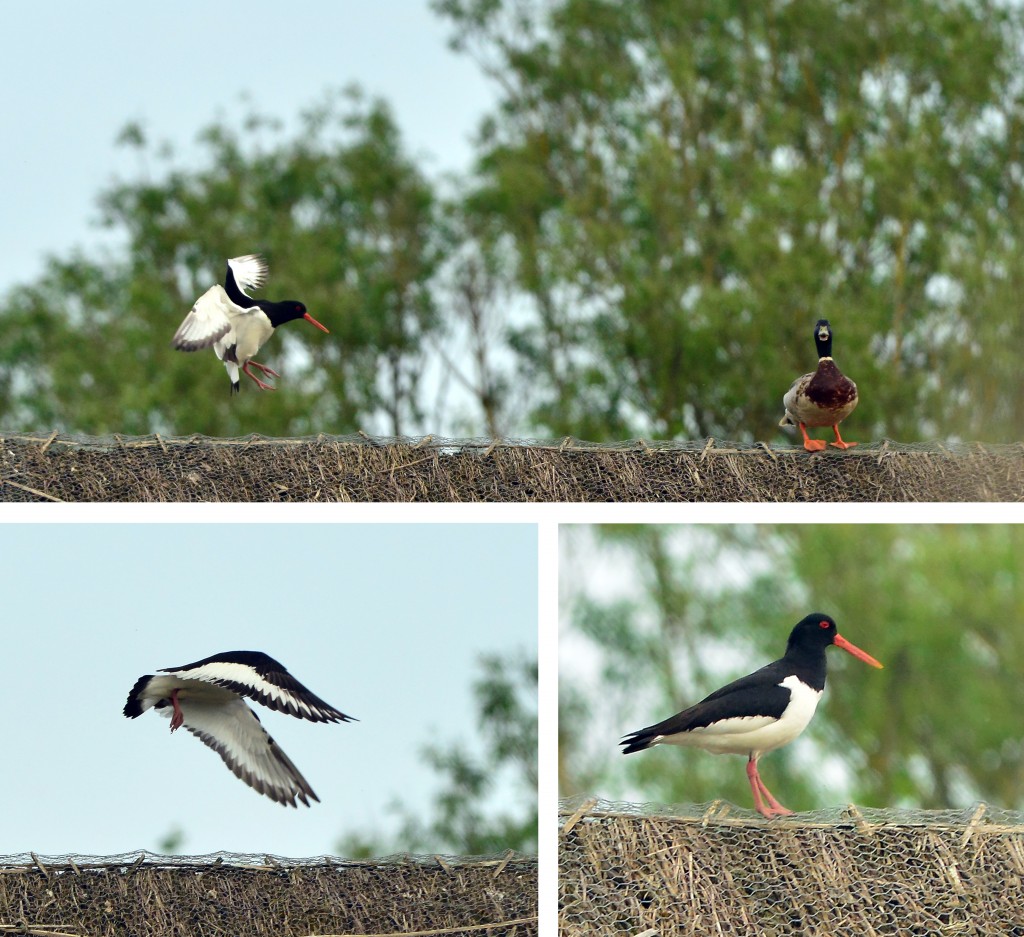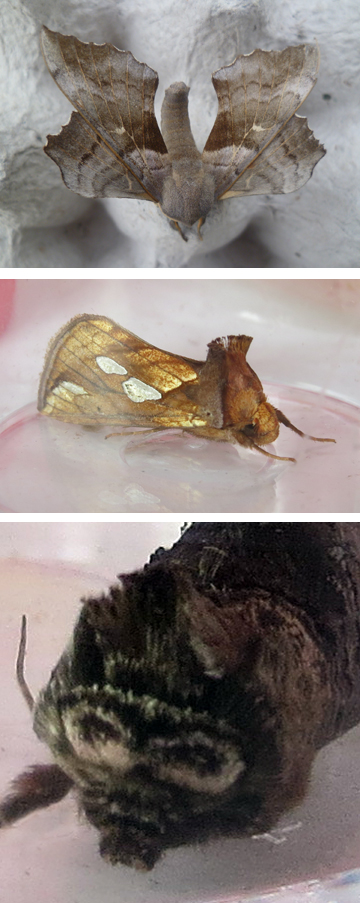Arun Riverlife becoming a lush habitat for wildlife
This is Paul Steven’s weekly Wildlife Sightings column appears in the Chichester Observer, the Littlehampton Gazette, the Bognor Regis Observer, the Shoreham Herald and the Worthing Herald.
Last summer our Arun Riverlife area was a wasteland of cracked mud, bare of vegetation after months of draining and reshaping the land. One year on the change in this habitat is amazing. We planted sedge and reed along the water’s edge but the rest of the thick plant cover here has sprung up on its own. Patches of tall ox-eye daisies now nod in the breeze and the flowers on the spikes of purple loosestrife are just starting to open, breaking up the lush carpet of green. Willow saplings are sprouting but we will remove these to maintain this wet meadow that edges the curve of water mimicking the meandering Arun River just across the reedbeds.
Today I am walking across Arun Riverlife to assess the plants and wildlife. I watch an oystercatcher family with two chicks that are roughly 2 weeks old. They sit in a small clearing but are close enough to enable the chicks to hide in thicker vegetation if a hungry herring gull appears. The parents fly off in turn to forage, returning with worms and insects for the chicks. On my closing walk around the grounds at the end of the day on Sunday I was amused to see the male oystercatcher chase a mallard duck off the thatched roof of the nearby Wetlands Secrets building. It’s a large roof with plenty of room so the oystercatcher was just being domineering!

I wade through the weeds and disturb the blue -tailed and azure damselflies that are out today. The rich array of insects on Arun Riverlife is attracting the bats in the evenings. During a survey last Thursday night my bat detector tracked Daubenton’s bats and three types of pippistrelles – common, soprano and nathusius – feasting on moths and insects over the land and water here.

I set out the moth traps last Thursday evening, too. Education Manager Claire Drew logged and released the catch the next morning. The trap attracted 25 different species of moth including beautiful gold spot moths, bookish-looking spectacle moths and eight large poplar hawk moths.

